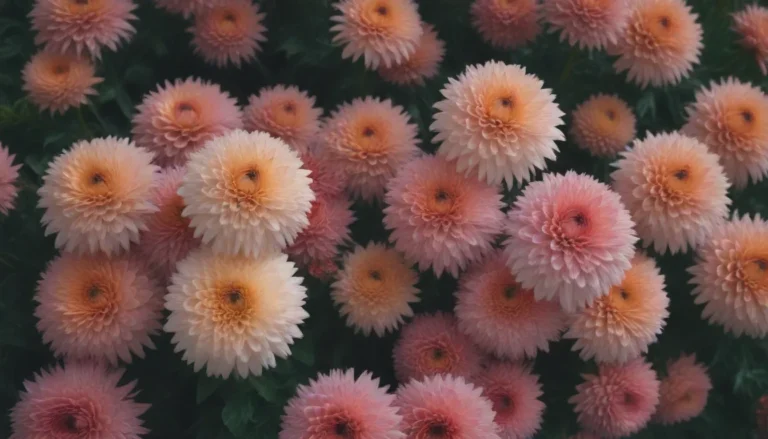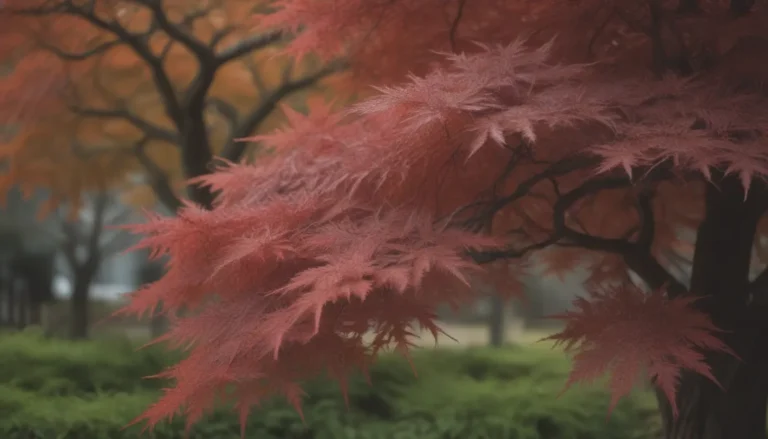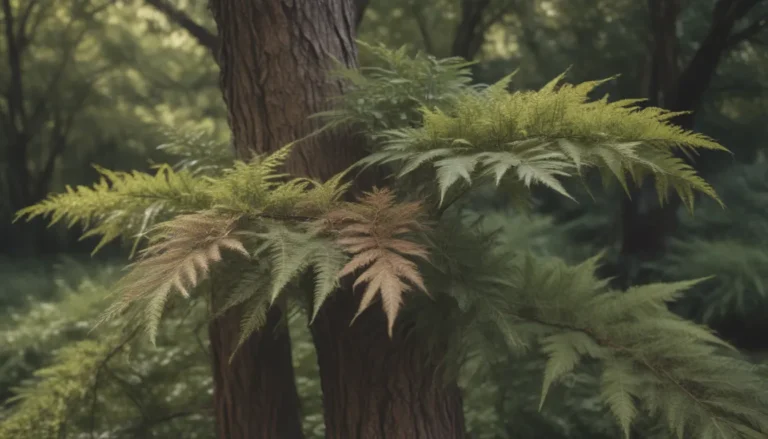How to Grow and Care for Rare Philodendron Rio: A Comprehensive Guide

If you’re a plant enthusiast looking to add a touch of exotic beauty to your indoor jungle, you may have come across the stunning Philodendron Rio. This plant is a naturally occurring genetic mutation of the popular Philodendron Brasil, featuring unique variegated foliage that is sure to turn heads. In this in-depth guide, we will explore everything you need to know about growing and caring for the elusive Philodendron Rio.
Discovering Philodendron Rio
The Philodendron Rio boasts a striking variegated foliage pattern, with mature leaves displaying shades of silver, cream, and dark green. This cultivar typically develops a vining habit, making it a great choice for trailing or climbing in your indoor space. While this rare plant species has only been in cultivation for just over a decade, its exotic appearance and low-maintenance nature make it a sought-after addition to any plant collection.
Availability and Pricing
Due to its rarity and growing demand, acquiring a Philodendron Rio may prove to be a challenge. These plants can be expensive and may require some patience to obtain. However, for those willing to put in the effort, the beauty of the Philodendron Rio is well worth it.
Important Note: Toxicity
Like many Philodendron species, the Philodendron Rio is toxic to both humans and pets. It’s crucial to keep this plant out of reach of curious paws and children to ensure the safety of your household.
Philodendron Rio Care Guide
Light
One of the key factors in successfully caring for a Philodendron Rio is providing the right amount of light. While these plants can tolerate low light conditions, they thrive best in bright, indirect light. Avoid placing them in direct sunlight for extended periods, as this can lead to leaf scorch. If you notice the variegation fading, consider moving your plant to a brighter location.
Soil
When it comes to soil, Philodendron Rios prefer a well-draining mix specially formulated for aroid species. A blend of potting soil, perlite, and orchid bark works well to provide adequate drainage and aeration for your plant. Maintaining a slightly acidic soil environment is beneficial for the health of your Philodendron Rio.
Watering
While Philodendron Rios are relatively low-maintenance, it’s essential to avoid overwatering to prevent root rot. Allow the top few inches of soil to dry out before watering your plant again. Ensure that your pot has proper drainage to prevent water from accumulating at the bottom.
Temperature and Humidity
To mimic the tropical environment where Philodendron Rios thrive, aim to maintain temperatures between 65 to 85 degrees Fahrenheit. These plants also appreciate high humidity levels, ideally between 50 to 60 percent. Providing a humidifier or placing a tray of water and pebbles near your plant can help create the ideal environment.
Fertilization
While Philodendron Rios are not heavy feeders, occasional fertilization during the growing season can promote healthy growth. Use a balanced liquid fertilizer according to the instructions on the product label to avoid overfeeding and potential issues.
Maintenance Tips for Philodendron Rio
Pruning
To control the growth of your vining Philodendron Rio, regular pruning can help maintain its shape and encourage new growth. Trim back any leggy stems and remove yellowing or dying leaves to promote the health of your plant.
Propagation
While propagating Philodendron Rios through stem cuttings is relatively straightforward, it’s essential to be mindful of any patent restrictions that may apply to this cultivar. Check for any copyright laws that may limit your ability to propagate these plants.
Potting and Repotting
As your Philodendron Rio grows, you may need to repot it every few years to refresh the soil and provide ample space for root growth. Choose a pot that is one to two sizes larger than the current one to prevent overcrowding and potential issues with moisture retention.
Common Issues and Troubleshooting
Leaves Turning Yellow
If you notice yellowing leaves on your Philodendron Rio, it may be a sign of overwatering or excessive fertilizer. Allow the soil to dry out between waterings and adjust your fertilization schedule to prevent further leaf discoloration.
Brown Tips
Brown tips on the foliage can indicate low humidity levels or excess light exposure. Monitor the humidity around your plant and consider relocating it to a spot with less direct sunlight to prevent further browning.
Curling Leaves
Curling leaves are often a sign of underwatering, so be sure to check the moisture levels in the soil regularly. Adjust your watering schedule as needed to keep your Philodendron Rio healthy and hydrated.
Alternatives to Philodendron Rio
If you’re unable to find a Philodendron Rio or are looking for similar plants to add to your collection, consider exploring other Philodendron hederaceum cultivars such as the heartleaf philodendron, Brasil philodendron, philodendron micans, and lemon lime philodendron. Additionally, variegated pothos varieties like n’joy pothos and pearls and jade pothos offer a similar aesthetic with their trailing growth habits and low maintenance requirements.
In conclusion, caring for a rare and beautiful plant like the Philodendron Rio can be a rewarding experience for any plant lover. By providing the right conditions and attention to detail, you can enjoy the striking foliage and vibrant growth of this unique cultivar in your home. Remember to tailor your care routine to meet the specific needs of your Philodendron Rio and enjoy watching it thrive in your indoor jungle.





